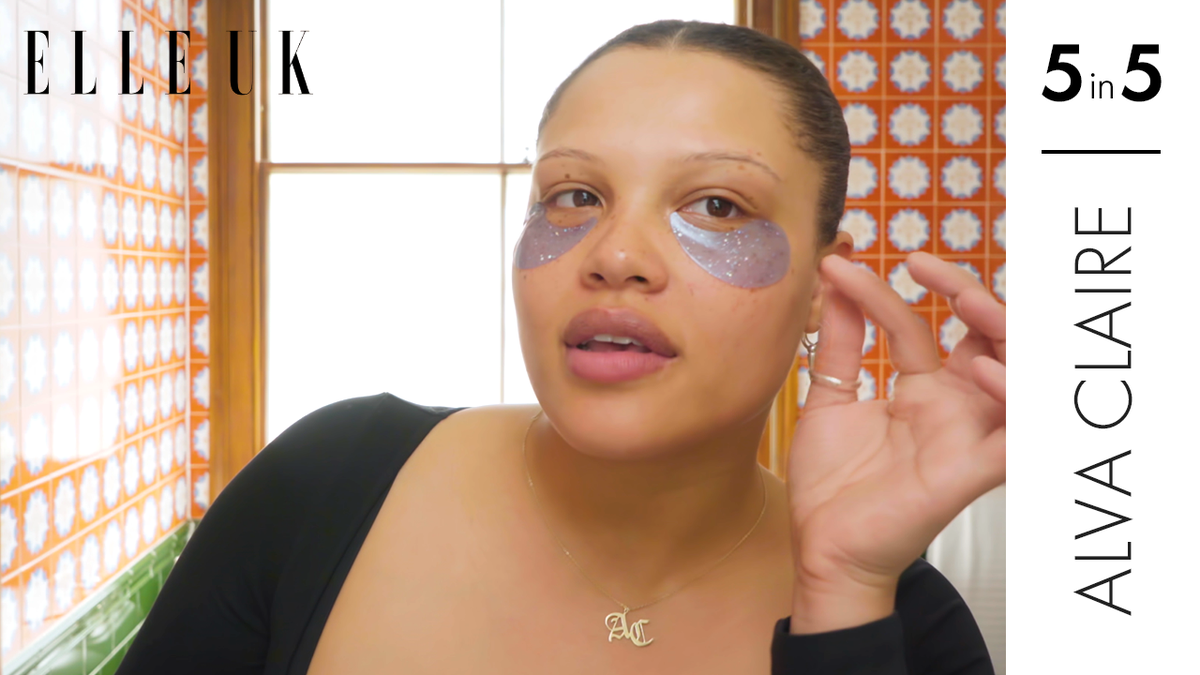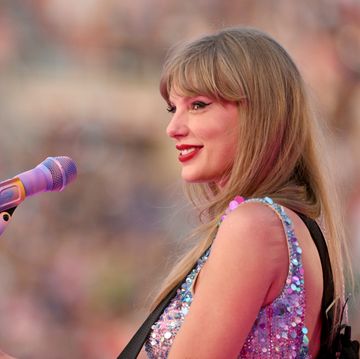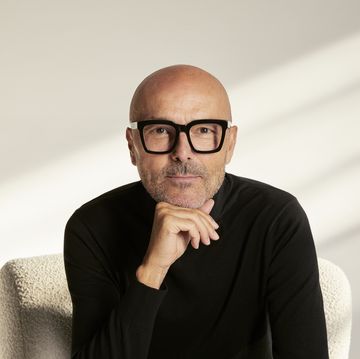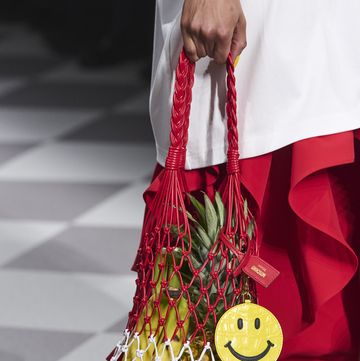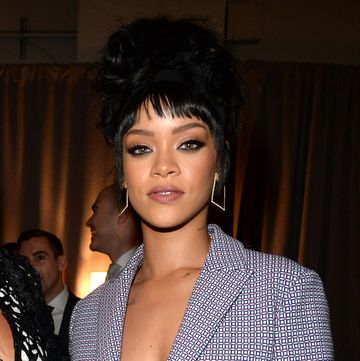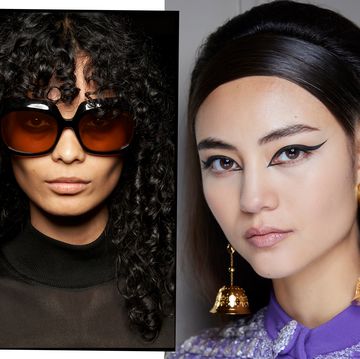By Bella Blissett
As addictions to white powder go, Id hardly consider myself a junkie. I dont lace my coffee with Starbucks latest teeth-tingling syrup, know that fizzy drinks are pretty much the devils business and, while Im aware this makes me a bit of a freak, chocolate has never been my thing. But Im a sucker for sweets and have the fillings to prove it.
Yet a quick consultation with Dr Google is all it takes to see that sugar isnt just ruining our teeth, its ?making us fat, grumpy, increasing our risk of long-term illness and pressing the fast-forward button on wrinkles. Tot up our daily intake and most of us eat around 21 ?teaspoons a day and a whopping 40kg per year.
Conspicuous culprits aside (hello pick n mix), sugar is hiding in the healthy tomato sauce you bought for last nights pasta, has snuck into your virtuous reduced-fat salad dressing and is even lying low in instant porridge packs. No wonder experts call it the secret toxin thats sabotaging all aspects of our health.
Anyone whos ever considered going on a sugar-free diet, brace yourself because theres no such thing. As nutritional therapist Vicki Edgson says, Give up sugar in the broadest sense and youd have to banish fruit and vegetables, which is obviously not beneficial. But ?dismayed and unsettled by its toxic, pervasive presence, I decide to take action. I will kick this habit and see if ?I really do look and feel better without sugar in my life.
DAY 1 Blissful ignorance. I am naively brimming with confidence. Cutting out a few sweeties here and there? This is going to be a breeze.
An hour of label scanning later and reducing my intake seems a hapless task. Now Im looking for it, I discover that sugar is everywhere from the obvious (cakes, ?muffins, Jammie Dodgers, Percy Pigs) to my breakfast granola, the splash of soy sauce on my lunchtime sushi and the roasted vegetables I often have with supper. And thats before Ive even started on alcohol. Nutritional therapist Petronella Ravenshear explains that humans are designed to crave and consume sweetness in the form of glucose, a vital source of fuel for every cell in our ?bodies. The sticking point is that when our sugar consumption exceeds demand, it gets stored as fat.
I see I must pick my sugars wisely. Fructose, lactose and sucrose are all natural sugars found in fruit, dairy products and sweets respectively, she says. Steer clear of sucrose, the readily available white sugar that we add to coffee and which can be found in many pre-prepared supermarket products. It has no nutritional benefits. Instead stick to fruit that also has health- and skin-boosting nutrients like vitamins C, E and beta-carotene. Dairy sugars in milk, cheese and yogurt are good sources of ?protein and calcium so they can stay on the menu, too.
In theory this all sounds achievable, but in reality its very time-consuming to meet my new criteria almost every meal needs to be made from scratch. The way we live today, however careering from one task to the next, juggling home lives, friendships and family makes easy eating that much more desirable. And so kicking out the sugar thats causing us harm becomes so much harder.
DAYs 2-3 I return home from a gym outing ravenous. Ravenshear explained to me that sugar cravings are ?natural. But instead of wanting something healthy, all I want is the quick fix of something sweet (thus undoing all my hard work). I start to feel weirdly depressed about the long, sugar-free day that stretches ahead.
Missing my morning granola (one serving provides nearly a fifth of my 90g guideline daily amount of sugar), I take a leaf out of personal trainer and wellbeing expert James Duigans Clean & Lean Diet: 14 Days to Your Best-Ever Body (Kyle Cathie) and have avocado (low in sugar, high in skin-boosting vitamin E) on (sugar-free) oatcakes for breakfast. The combination of creaminess and crunch makes it both tasty and surprisingly satisfying. Granola-shmanola. I head off to a meeting feeling smug.
Im proud of myself and breaking my unwitting sugar dependency seems easier than I imagined until around 4pm, when that mid-afternoon lull strikes. Normally ?I would hardly pay attention to it, Id just reach for whatever lollipop or biscuit is next to my desk to perk me up. But I dont. Im in a terrible mood and Im struggling to focus. Its like Im going cold turkey.
Is it just cutting out my daily sweet treat that has done this to me? Or is it that everything we eat is so full of sugar, weve become addicted while thinking were being healthy? Without it were in a painful withdrawal.
I call Egdson for a quick sugar-craving summit in ?a high-street juice bar. Apparently, sweet treats trigger the release of the happy neurotransmitter dopamine so our sugar-filled foods dont just taste nice, they make us happier, too. A doubly hard drug to kick.
But there is a healthier high blended smoothies ?(rather than pure fruit juices which send sugar levels rocketing). In retaining the fibre from fruit and vegetables, they give a more gradual, energy-boosting lift that doesnt send my increasingly fractious mood over the edge. Once Ive polished off my last slurp, Edgson packs me off with some Nutrisorb Chromium Drops, £17, by Biocare to help stop my blood-sugar levels seesawing and reduce cravings. By day four of taking the drops Im able to resist my sugar cravings.
DAYs 4-5 Im already feeling cross about the sweetless day ahead, so I do what any self-respecting sugar lover would do and fake it. Welcome to the world of sugar free, where you can get your oh-so-sweet high and still pass go. Or so I think until I speak to Ravenshear. Artificial sweeteners such as SweetN Low, plus sugar substitutes like agave syrup, have been synthetically modified to fake sweetness with fewer calories, she says. Yet because they actually contain zero energy compared with real sugar, theyll fail to satisfy cravings and youll need another hit soon after. Which explains why the last time I chose a sugar-free cookie, I didnt eat one I scoffed four.
But thats nothing to the Satan of all sugar substitutes: high-fructose corn syrup (HFCS). Squirrelled away in the kind of bog-standard foods we all reach for after ?a hard day in the office (certain breads, salad dressing, some ice creams), this highly concentrated processed sweetener can cause invisible visceral fat to accumulate around our internal organs, leading to cardiovascular disease and even cancer. So while Im slim on the outside, theres a chance my daily fix could be making me seriously ill or dangerously fat on the inside.
DAYS 6-7 A friends hen party. I realise that my usual vodka and slimline tonic has duped me with its supposedly healthy, low-calorie merits. So I drink soda water as a mixer and look sourly on as my girlfriends knock back the elderflower (syrup) martinis. Still, Im sadistically cheered by the news that theyll probably have the skin of a Mulberry Trout bag by the time theyre 40. Since an email from dermatologist Dr Nicholas Perricone popped into my inbox, glycation has become the motivational wake-up call I need to curb my sugar addiction.
Glycation occurs when rapidly rising blood-sugar ?levels cause collagen fibres to become rigid and kick-start a process that releases free radicals, increases inflammation and leaves skin vulnerable to lines, pigmentation and sagging, he writes. In short, sugar will make me old.
Not taking any chances, I add cinnamon and nutmeg to my evening meal (they stabilise blood-sugar levels) and sprinkle sesame seeds (which are rich in energy-reviving B vitamins and skin-boosting fats) on my salad. They have also been found to trick the body into finding bland foods more satisfying (another Ravenshear tip). Little by little, I start to feel less sugar-crazed and (whisper it) really rather good.
DAY 8 & BEYOND Released from the shackles of my one-week low-sugar challenge youd think Id be inhaling every Skittle, lemon sherbet and cola bottle I can lay my hands on. But Im not. Once I broke through the raging sugar-craving monster wall, I actually became a nicer person without it. Swapping sugar for protein and fats (avocado, Greek yoghurt, fish and chicken) at each meal not only kept me feeling fuller for longer (so goodbye cravings), it stopped me going into an orbit of tetchy, highly strung loathsomeness soon after.
The weird, sickly coating Ive had on the inside of my mouth for ages but assumed was normal has also gone, making food taste better. Even my skin has taken on an (albeit subtle) clarity, prompting friends to ask if Ive been haunting the clinic of some new industry super facialist.
No, its not all sweetlessness and light. The vodka and tonics are back and here to stay. The odd bowl of gooey granola has been known to appear on my table from time to time. But with sugar lurking here, there and everywhere, Ive committed to Egdsons 80/20 rule of skipping the more damaging forms 80 per cent of the time for the forseeable future. In her mind, cutting back way back is something we should all be doing.
The more sugar you eat, the more youll need to eat to get a kick out of it, she says. Weve all become trapped in a sugar-craving cycle thats not only affecting our own health, but adding to the worlds obesity epidemic. Soon health organisations are not going to be able to cope.
So for me, no more mindless gnawing on lollipops and sweets; Im steering clear of sweeteners, and instead ?really savouring a small portion of a treat containing real sugar twice a week. Which to me, sounds like a pretty sweet deal.
The ELLE Beauty Team give up sugar. Read how they're getting on...
